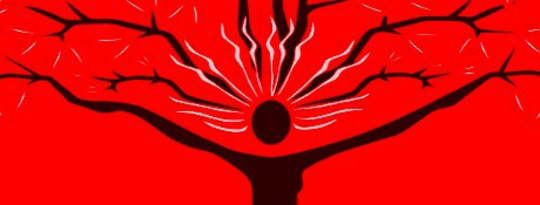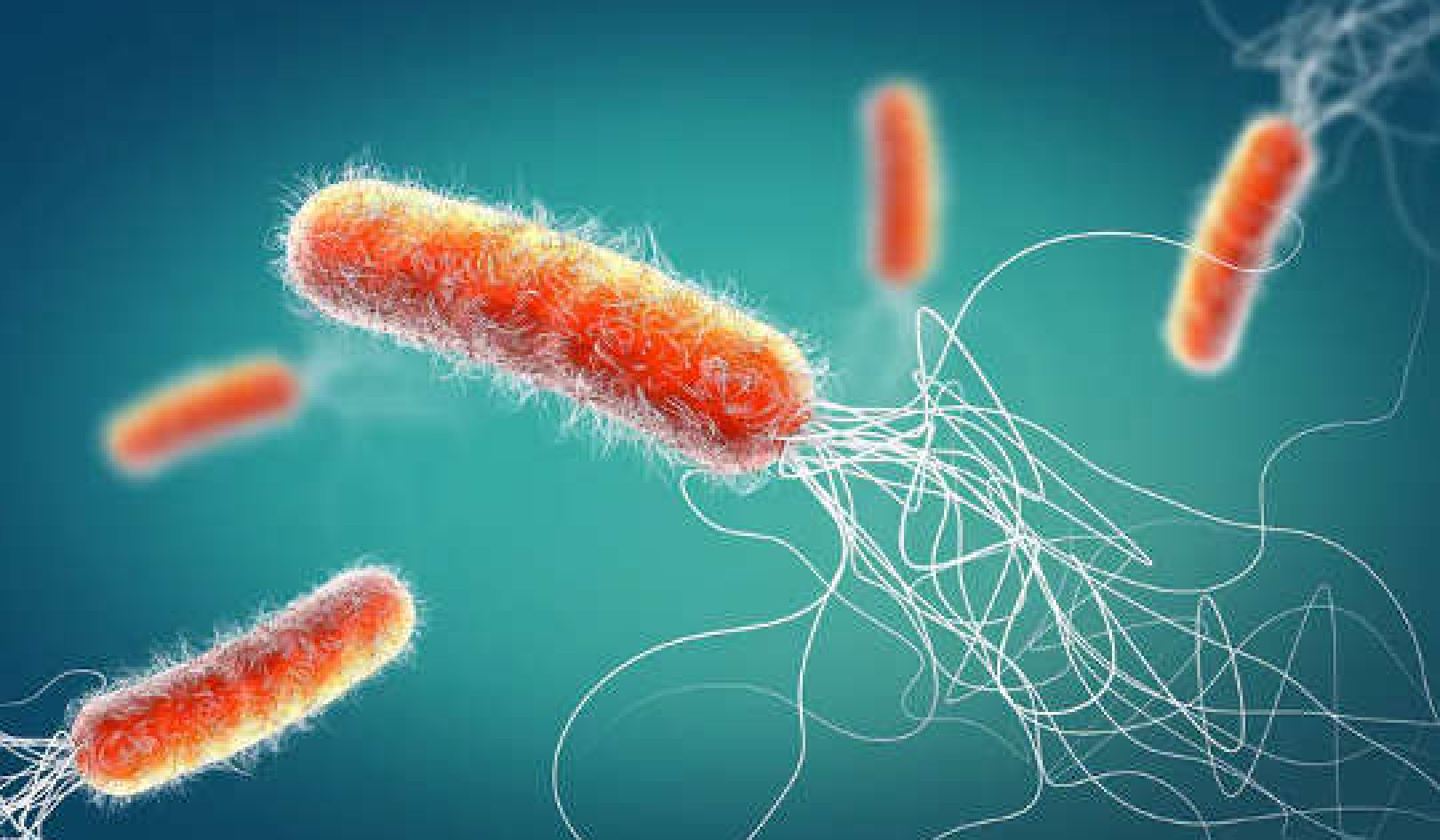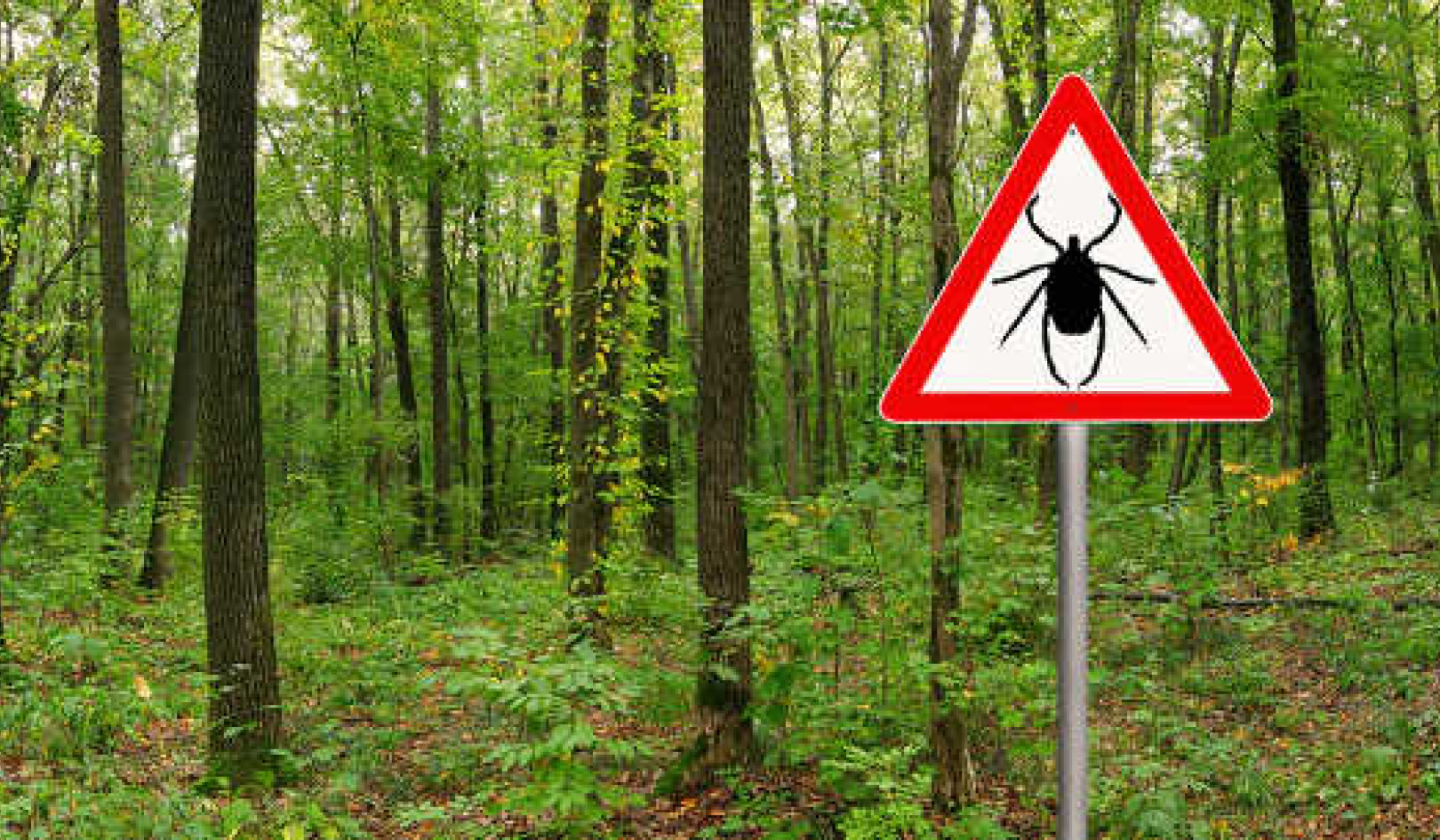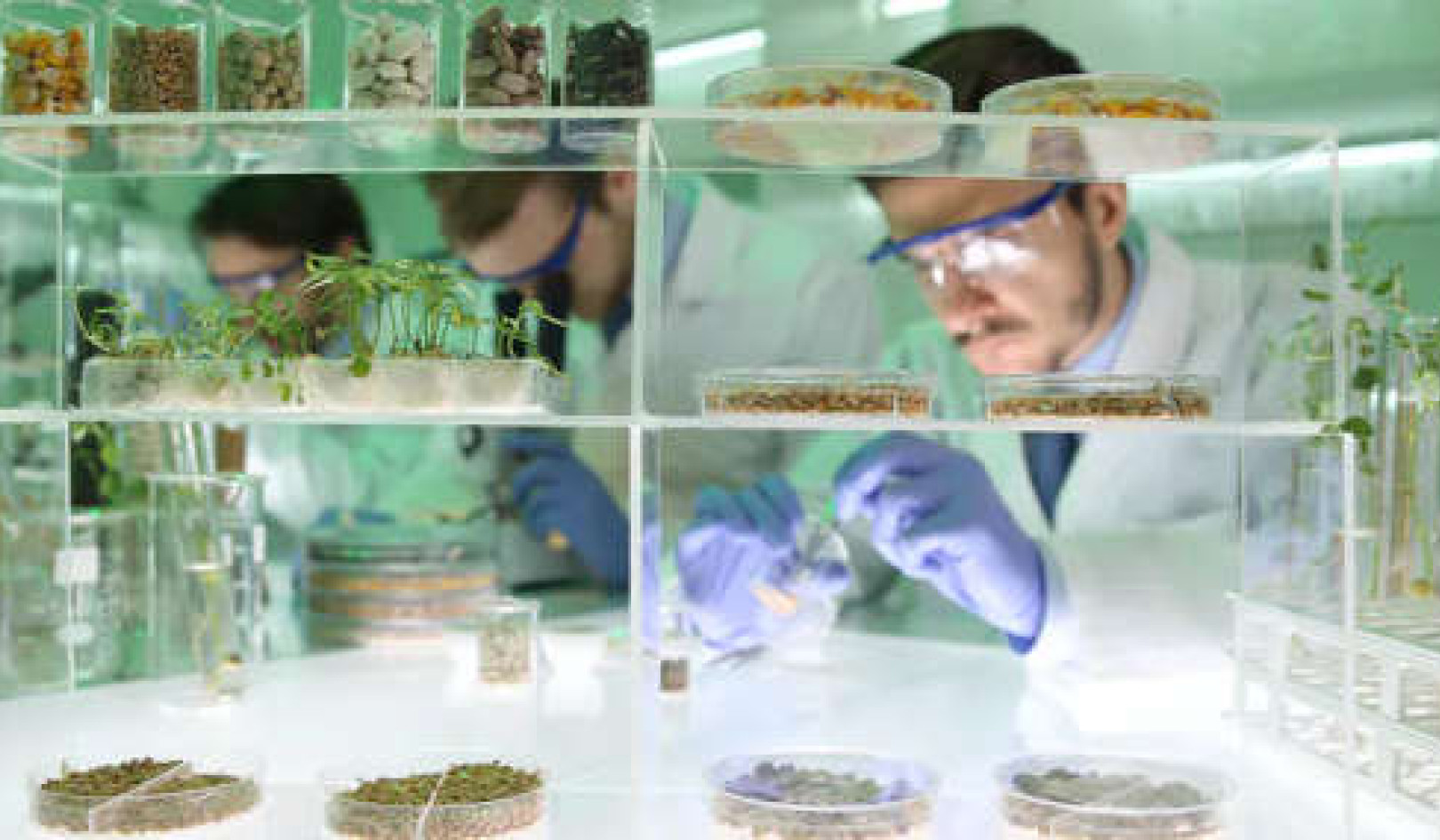
At first glance, one would think that the causes of diseases are as numerous and diverse as the diseases themselves. Doesn’t every disease have its own characteristics, a different way of starting, developing, and evolving? The number of germs and poisons is immense as are the possibilities of hormonal, glandular, enzymatic, and immune system deficiencies.
However, careful observation will show that, fundamentally, all illnesses share one cause: the deterioration of the terrain, the body’s internal cellular environment. This is not a new discovery. Hippocrates, the father of medicine, taught it thousands of years ago.
The Terrain: Favorable or Unfavorable?
This word terrain has the same meaning as when we talk about the soil out of which a plant grows. The terrain is more or less fertile, acidic, compact, and so forth. It is thereby favorable or unfavorable to the growth of a particular plant. The same is true of the terrain in the human body. Of course, our organs do not consist of plants but of cells.
Cells are the tiniest life units inside our bodies. Like all other living things, they must inhabit an environment with characteristics that are suitable for them. For cells, this environment is fluid rather than solid.
Get The Latest By Email
The cells are therefore immersed in an ocean consisting of different liquids and are entirely dependent on these fluids. In fact, cells do not enjoy the ability to move to the boundaries of the body to obtain their necessary oxygen and nutrients and to expel their wastes, which is essential if they are to keep their "life center" safe and healthy. The cells remain in their place, and it is these different fluids that bring the “outside” to the “inside.”
The intracellular and extracellular fluids, the blood, and the lymph form the terrain in which our bodies’ cells can prosper or not, depending upon the characteristics of this terrain.
Health of the Terrain: Lack or Overload?
There is an ideal composition of the terrain viewed as a whole. It provides the cells and organs an optimal resistance capacity and vitality; health in other words. What results from this is that any deviation from this composition can compromise health, and the greater the change, the greater the opportunity for disease to develop and become serious.
The composition of the terrain can be altered in two different ways. The first is that certain substances (vitamins, minerals, and so forth) that should be found in the terrain are not there in sufficient quantity or are completely absent. In this case diseases of deficiencies appear. They can be treated by providing the body with the nutrients it lacks, which is above all the role of nutritherapy or nutrition.
The second possibility is that certain substances exist in excess of the ideal composition. These can either be substances that are normally found in the body, but not at such high levels (uric acid, urea), or substances that do not normally form part of the composition of the terrain (toxic food additives, medications, and poisons created by pollution).
In this second case, the diseases that are caused are the result of an excess. It is this second cause, the overload of toxins as the starting point of illness, that is the main focus of this book.
☝ Good to Know: The Meaning of Overload
The word overload is not used as it would be in the case of excess weight, or overweight. Instead it refers to the overload of wastes, toxins, and poisons in the terrain. This can exist even in cases where excess weight is not an issue.
Disease: The Body Trying to "Cleanse Itself"
When they are numerous, toxins produce effects that are harmful to our health. They thicken the blood, clog and block the blood vessels, cause congestion in the organs, cause blockages in the joints, create sedimentation (kidney and gall stones), and waterproof the mucous membranes, preventing their proper function. The disruptions caused by this toxic oversaturation account for one aspect of health disorders.
Another aspect comes from the defensive reactions triggered by the body to rid itself of these toxins. The body does not remain a passive bystander when it is invaded by a mass of wastes. Instead it reacts by looking for ways to eliminate as many of these as possible, as quickly as it can. The effects of this can be seen on the skin in the form of pimples and eczema; in the lungs by colds, sinusitis, and bronchitis; in the digestive tract by episodes of diarrhea, hemorrhoids, gallbladder flushes, and so forth.
The illnesses listed above, which are generally considered to be diseases in and of themselves, are therefore really symptoms of cleansing crises or detoxifications that the body initiates intentionally, and which are sometimes joined by a microbial infection.
Toxins can also have negative effects that are not caused by their quantity but by the aggressive nature of their substance. Some wastes have, in fact, a corrosive or irritating effect on the mucous membranes of the organs and cells. They injure and inflame them, which in turn causes other kinds of health disorders. Toxins that disturb and harm the body, and which it tries to expel, can be found in every disease.
Where Do Toxins Come From?
The origin of toxins can be found first and foremost in the individual’s diet. When the body receives more nutrients than it needs, some of them will remain unused. They overburden the terrain to no purpose, and although they have nutritious value, they can therefore be considered as toxins.
Furthermore, overeating will exhaust the digestive tract. Over time, digestion will become worse and worse. The foods eaten are not broken down for their nutrients but instead ferment and rot. The result will be more wastes overloading the terrain.
Added to these wastes will be those that result from the normal use of proteins, fats, and carbohydrates. In fact, the normal breakdown of proteins will produce wastes like urea and uric acid. The breaking down of fats will create saturated fatty acids, cholesterol, and so forth.
Eliminatory Organs Work Hard to Get Rid of Toxins
 The task of the body’s eliminatory organs, such as the kidneys and liver, is to rid the body of these toxins. They do this by filtering them out of the bloodstream and expelling them out of the body in the form of stools, urine, and sweat. But this cleansing process will only be performed correctly if the eliminatory organs are able to follow the same body rhythm that produces the wastes.
The task of the body’s eliminatory organs, such as the kidneys and liver, is to rid the body of these toxins. They do this by filtering them out of the bloodstream and expelling them out of the body in the form of stools, urine, and sweat. But this cleansing process will only be performed correctly if the eliminatory organs are able to follow the same body rhythm that produces the wastes.
When we overeat, the wastes that the body produces are greater than the capacity of the body to eliminate them. The consequence of this is that some of these wastes are not eliminated and remain in the body, thereby causing a deterioration of the terrain.
Toxins That The Body Cannot Handle: Insecticides, Pesticides, Food Additives, Preservatives, etc.
In addition to the wastes that come from the foods we eat and can be considered legitimate, there are a host of other wastes that should not be in our bodies. They have no nutritional value, and the body does not have a cycle in place for their removal. This group of wastes includes insecticides, herbicides, fungicides, and other chemicals used to treat agricultural products. A portion of these substances becomes imbedded in the tissues of the foods we eat.
Food additives, such as colorings, thickening agents, preservatives, and antioxidants, which are even poisonous in part, can also be added to this category. Altogether they create a chemical fouling of the terrain. Other harmful substances can enter the terrain and damage it during the consumption of stimulants (coffee, tea, tobacco), alcohol, drugs, and medications. The pollution of our air, water, and soil is another source of the poisons that have combined with those already mentioned.
How Are Wastes Eliminated?
The normal functioning of the body inevitably produces wastes. Our bodies are therefore naturally equipped with the means of eliminating these wastes. Five organs, known as the eliminatory or excretory organs, together with the female sexual organs are intended to filter these wastes out of the bloodstream and expel them from the body.
These organs are:
• The liver. It expels the wastes diluted in the bile. This latter substance is simultaneously a digestive juice and a support substance for the elimination of toxins.
• The intestines. By means of stools, they evacuate the substances the body has not assimilated (bran and thick vegetable fiber) as well as the toxins that enter the bowels through the intestinal walls.
• The kidneys. They evacuate the toxins contained in the urine.
• The skin. The sudoriferous and sebaceous glands secrete sweat and sebum, respectively, two support substances for the elimination of toxins.
• The lungs. An organ that specializes in the elimination of gaseous wastes (carbon dioxide) but that also provides relief to the other eliminatory organs by evacuating fluid wastes in the form of phlegm.
The eliminatory organs are only overtaxed when we eat too much and thereby produce more toxins than these organs can normally expel from the body.
☝ Good to Know
There are two kinds of detox: one is the elimination of the toxins naturally produced by the body such as uric acid, urea, and so forth. The other refers to the elimination of toxic substances (heavy metals, plant-based poisons, drugs, medications).
Purpose of Natural Therapy: Removing the Cause of the Disease
In natural medicine the purpose of the therapy is to remove the cause of the disease. More on this therapeutic path can be found in my book The Naturopathic Way. Given that, from the naturopathic perspective, illness is the result of an accumulation of wastes and toxins in the terrain, there are two essential steps that must be taken.
• Halt the arrival of new toxins.
• Eliminate toxins that are already in the terrain.
The situation can be compared to what happens when a bathtub has been filled with too much water; it will overflow and flood the house. How are we to prevent this? There are two things we must do.
One of them consists of removing the plug from the drain so that the water can flow out of the tub. However, there is a risk that this step will not be enough, because the outflow of water down the drain is less than the amount that continues to come in through the tap. Thus a second measure proves necessary: turn off the faucet.
These two measures taken together will allow us to avoid disaster. The same is true when speaking of the human body. Not only must we get rid of the toxins that have already collected in the terrain but also take steps to prevent the influx of new toxins that continue to saturate and damage it.
©2013 (reprint edition). All Rights Reserved.
Reprinted with permission of the publisher, Healing Arts Press,
an imprint of Inner Traditions Intl. www.InnerTraditions.com
This article has been adapted with permission from the book:
Optimal Detox: How to Cleanse Your Body of Colloidal and Crystalline Toxins -- by Christopher Vasey, N.D.
 With clear, practical instructions and guidance, Dr. Vasey explains how to identify which type of toxin is triggering your illness and which medicinal herbs, hydrotherapy techniques, or nutritional options are the best choice for each specific condition or combination of ailments. He reveals which foods produce colloidal and crystalline toxins and should therefore be avoided. This targeted method of detoxification enables each of us to cleanse our bodies of accumulated toxins safely, accurately, and successfully.
With clear, practical instructions and guidance, Dr. Vasey explains how to identify which type of toxin is triggering your illness and which medicinal herbs, hydrotherapy techniques, or nutritional options are the best choice for each specific condition or combination of ailments. He reveals which foods produce colloidal and crystalline toxins and should therefore be avoided. This targeted method of detoxification enables each of us to cleanse our bodies of accumulated toxins safely, accurately, and successfully.
Click here for more info and/or to order this book on Amazon.
About the Author
 Christopher Vasey, N.D., is a naturopath specializing in detoxification and rejuvenation. He is the author of The Acid-Alkaline Diet for Optimum Health, The Naturopathic Way, The Water Prescription, The Whey Prescription, and The Detox Mono Diet. Visit his website (French language) at www.christophervasey.ch
Christopher Vasey, N.D., is a naturopath specializing in detoxification and rejuvenation. He is the author of The Acid-Alkaline Diet for Optimum Health, The Naturopathic Way, The Water Prescription, The Whey Prescription, and The Detox Mono Diet. Visit his website (French language) at www.christophervasey.ch







